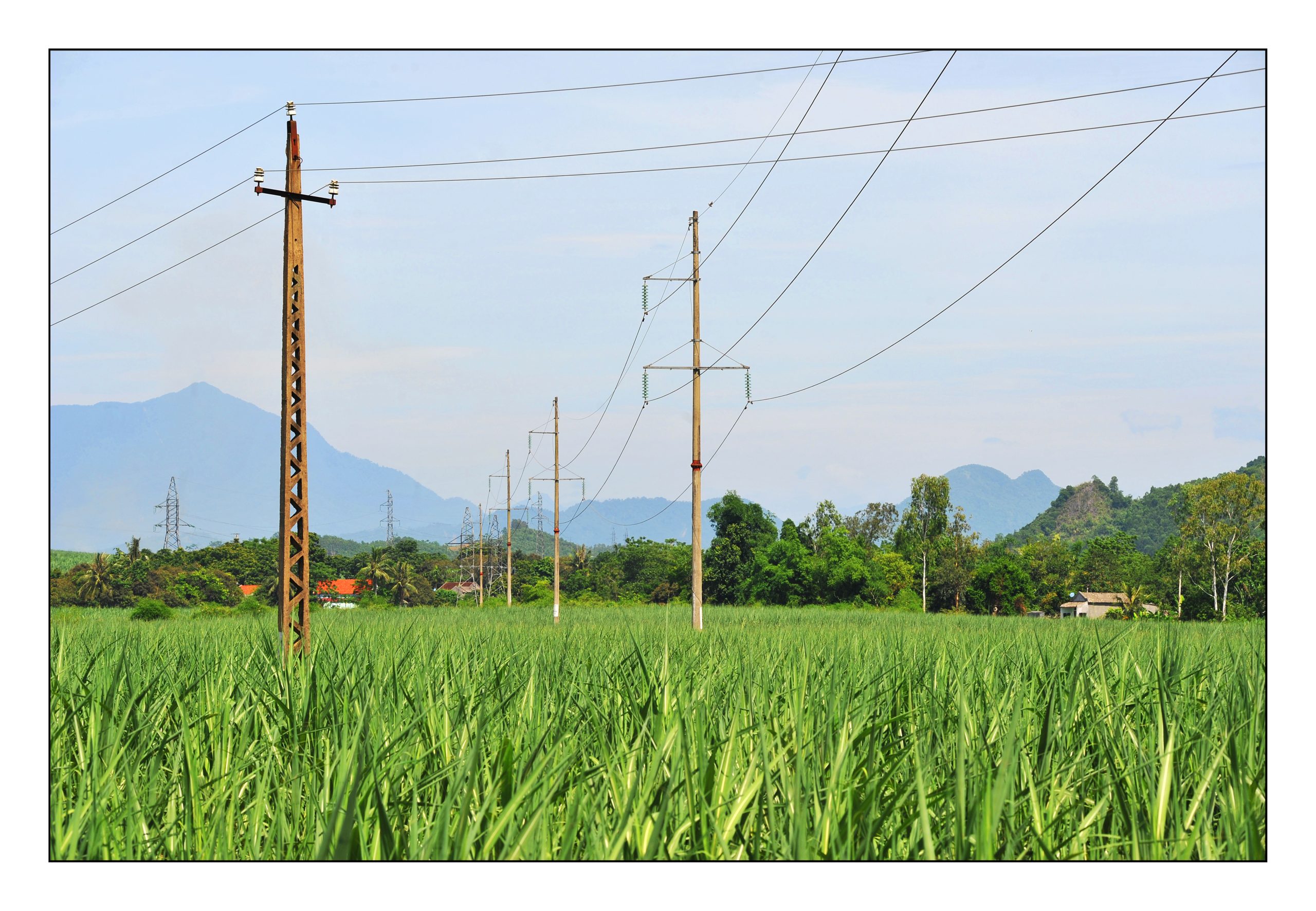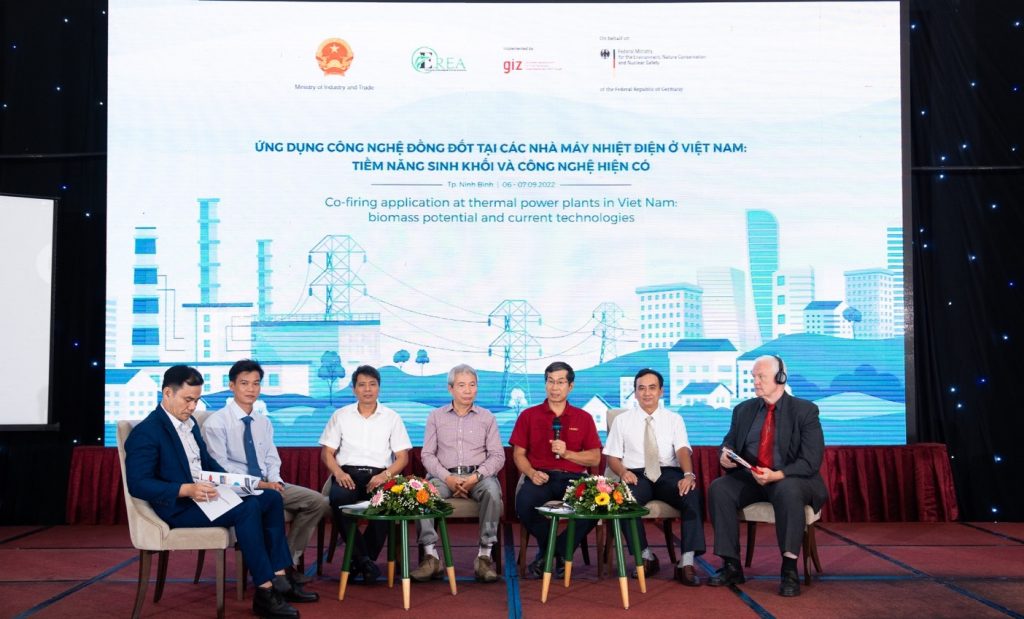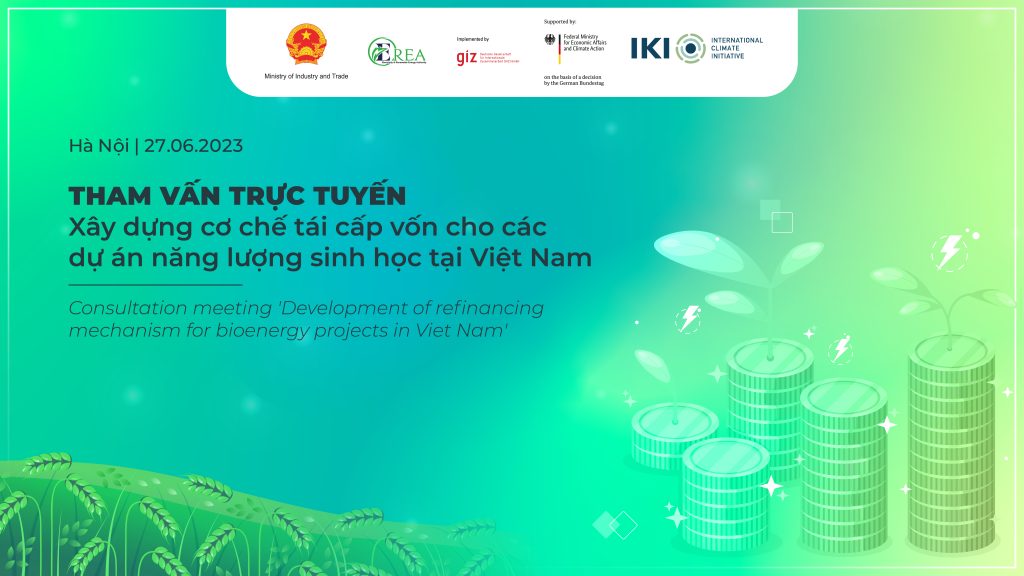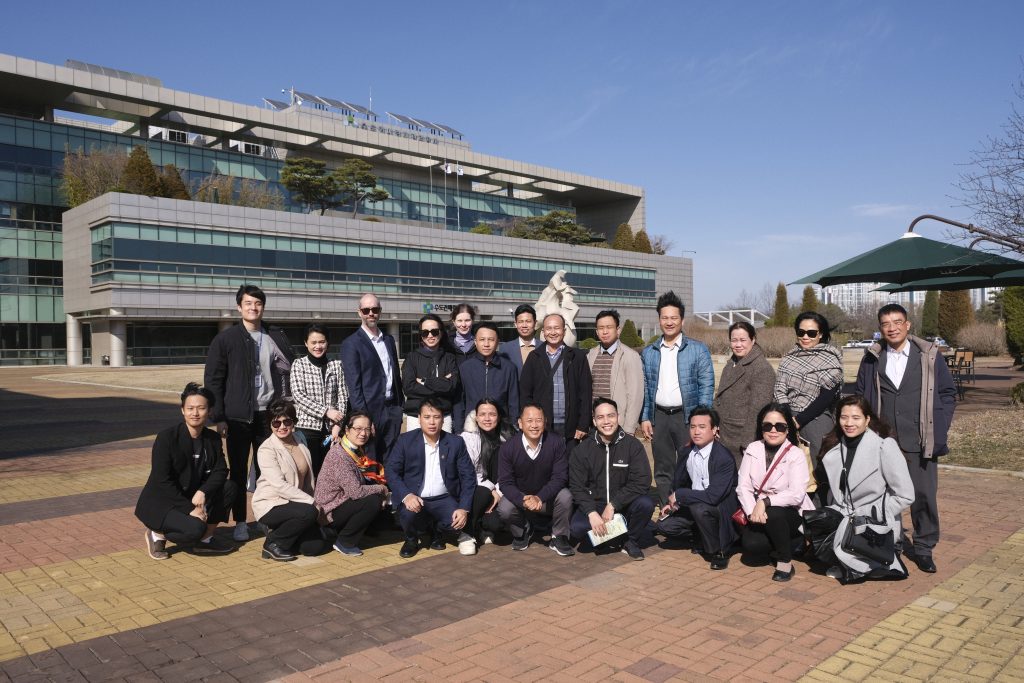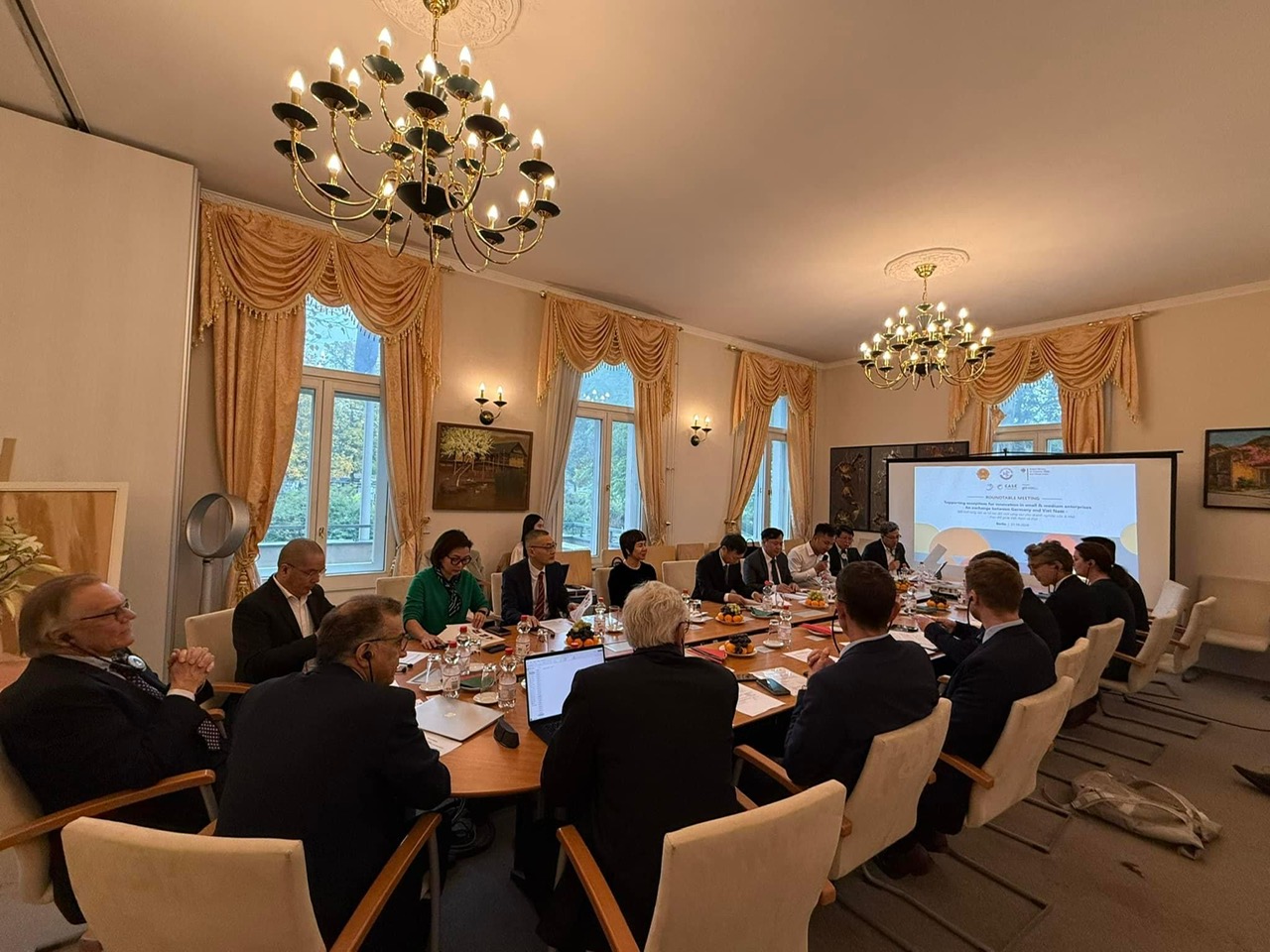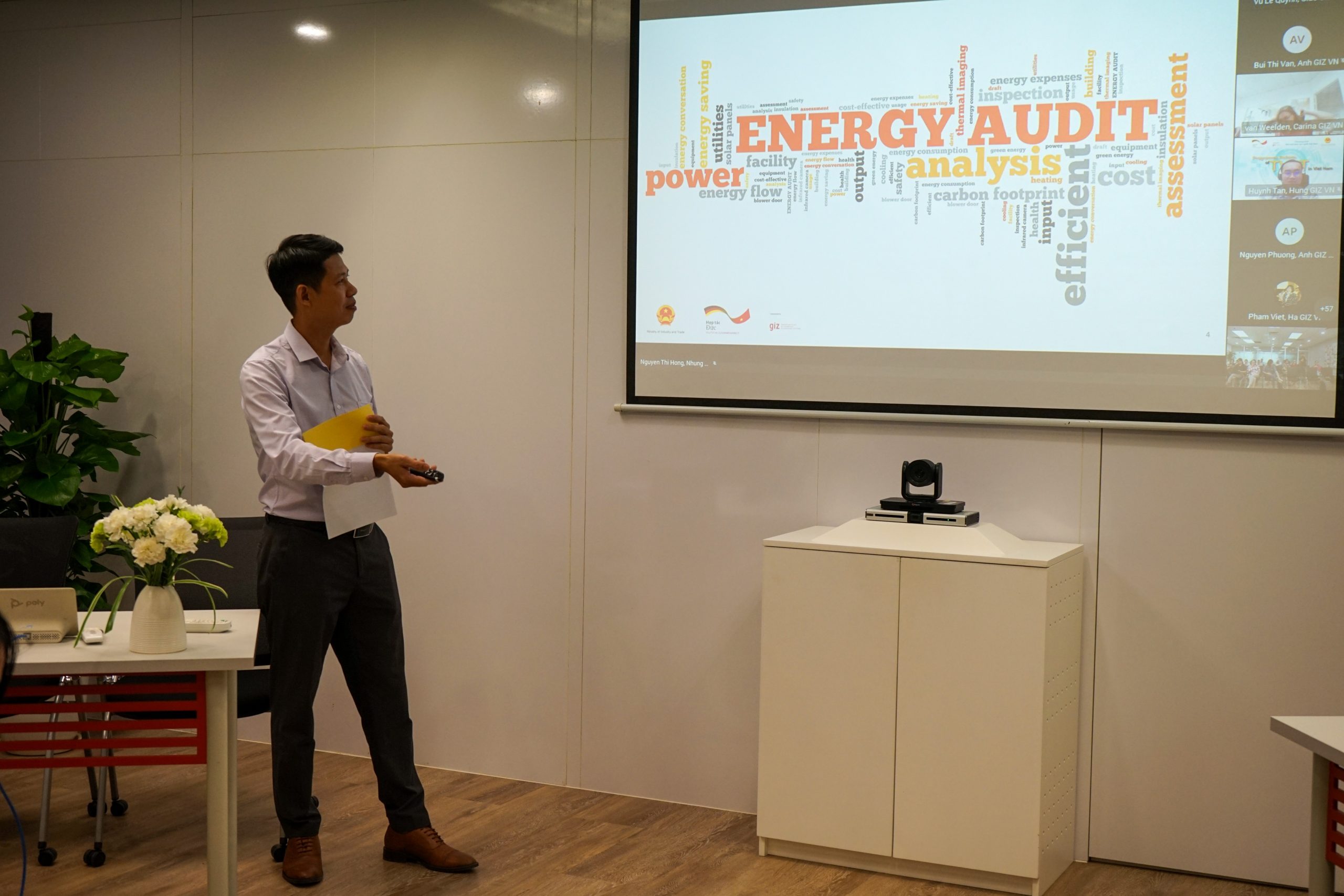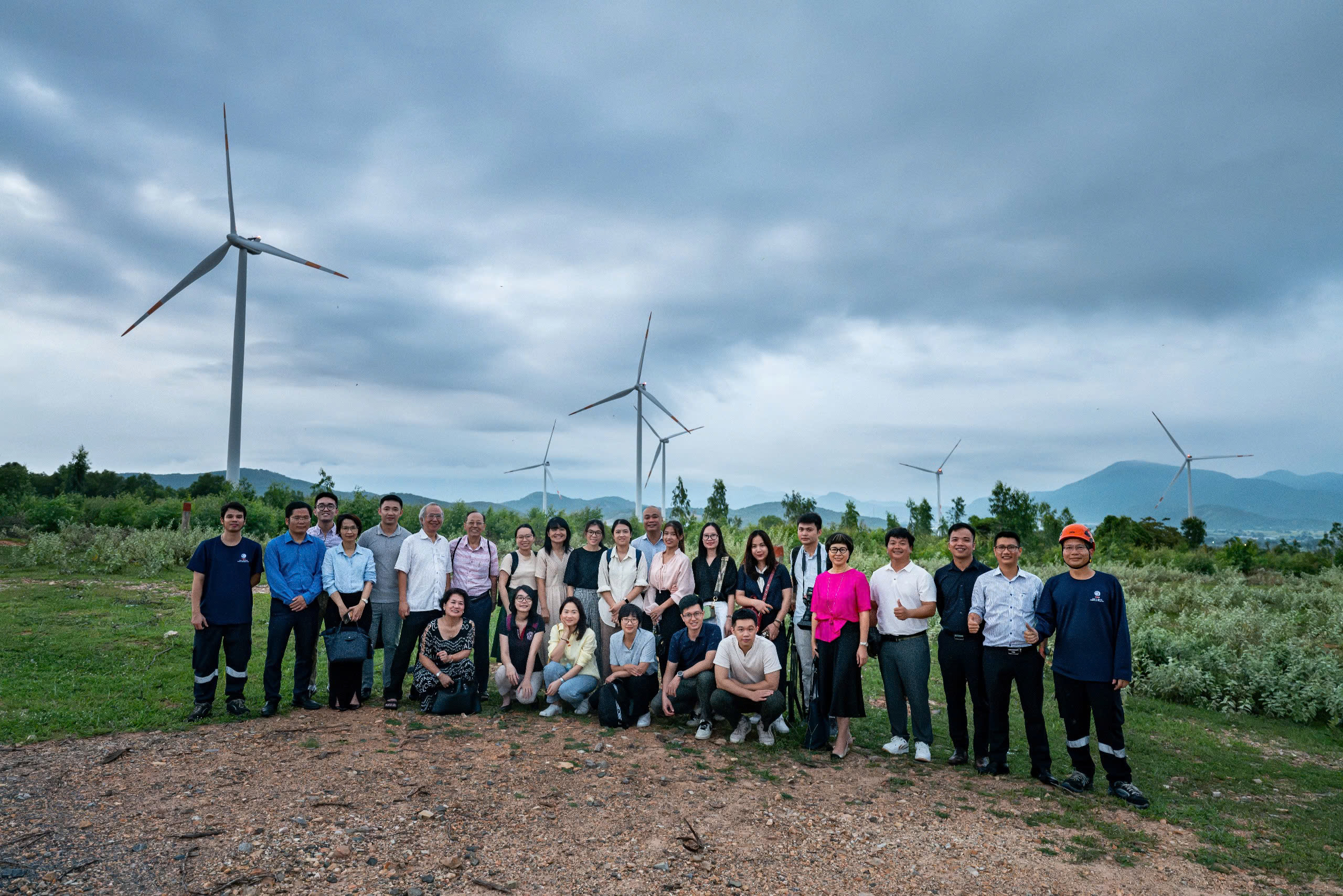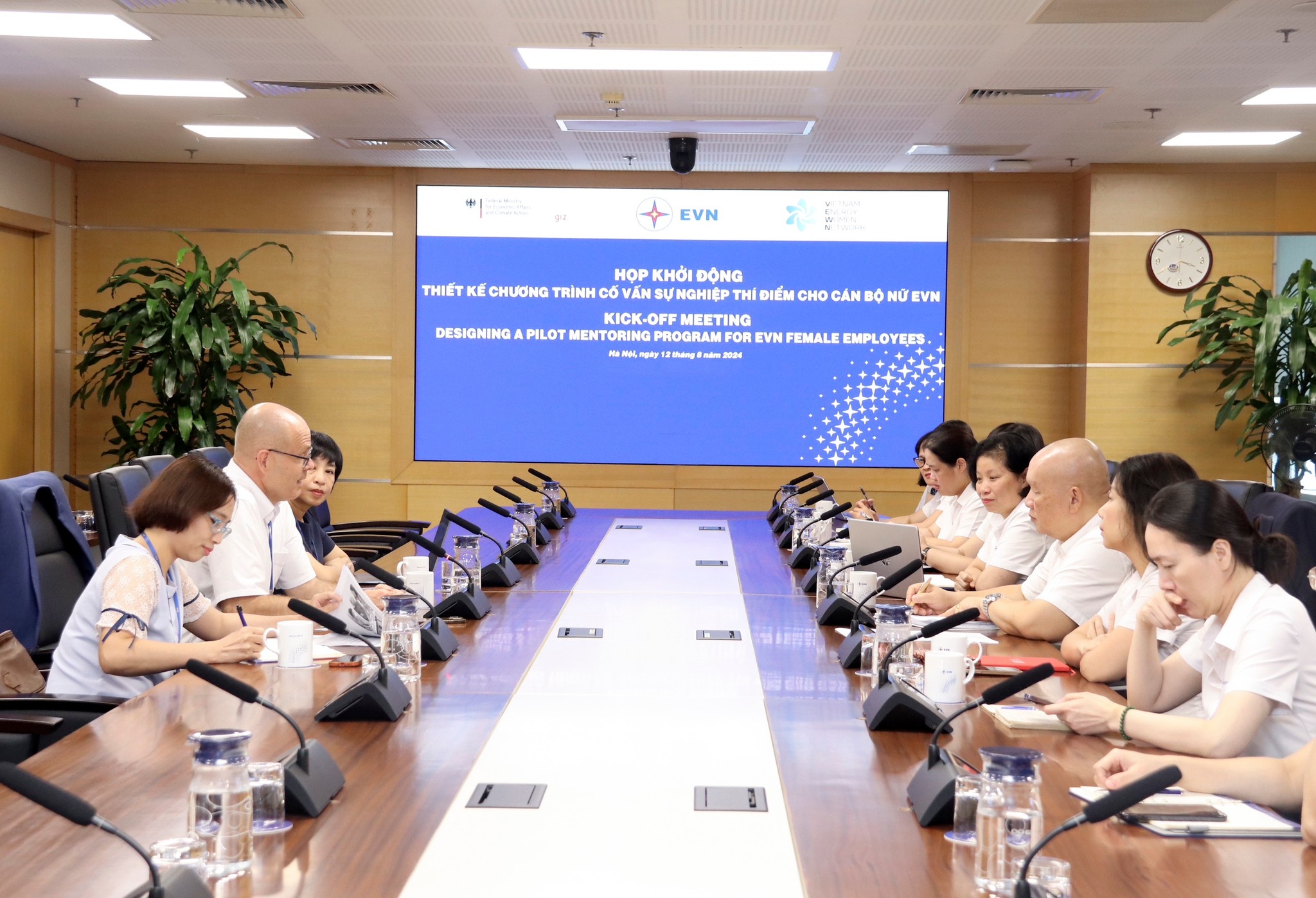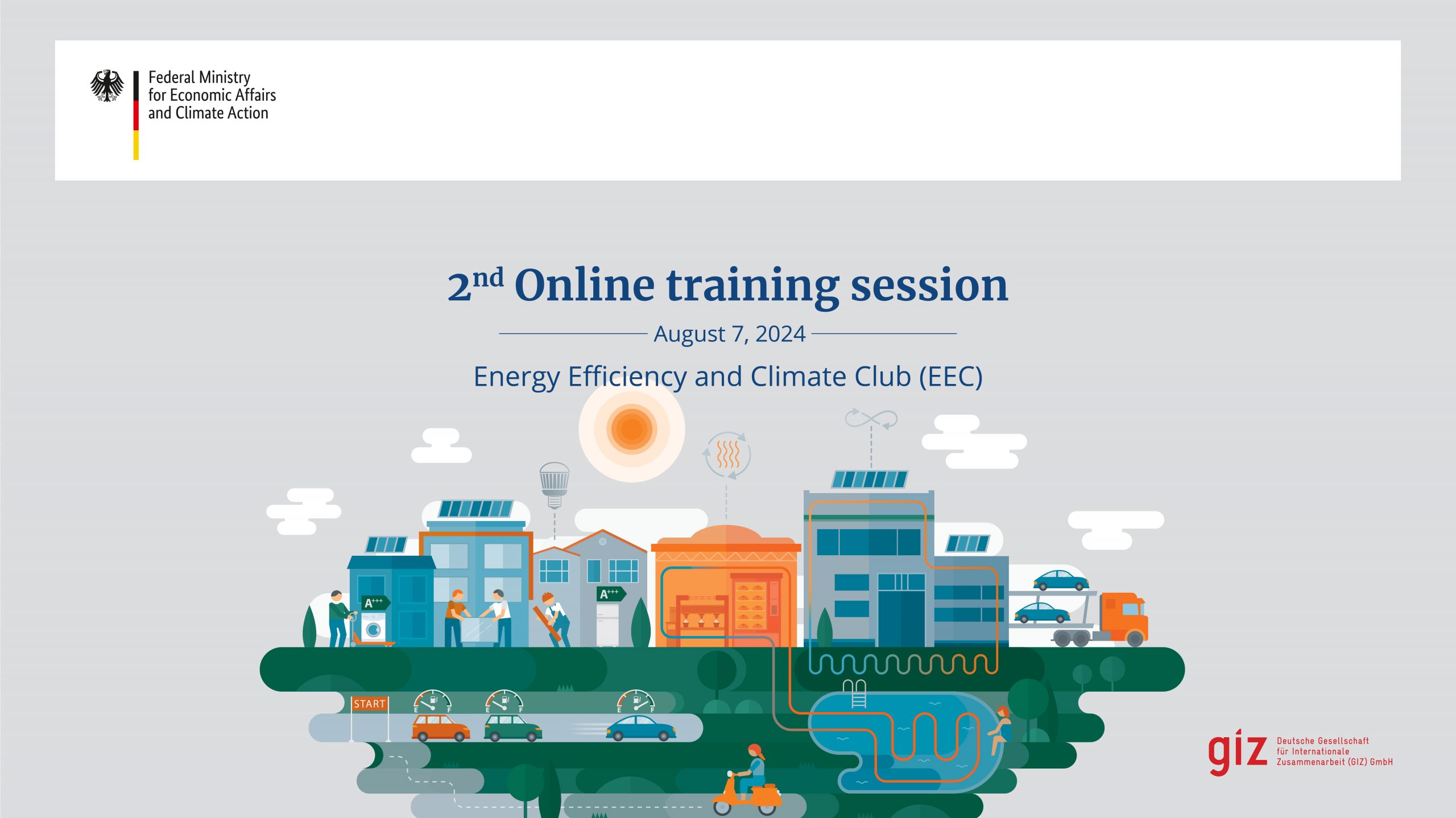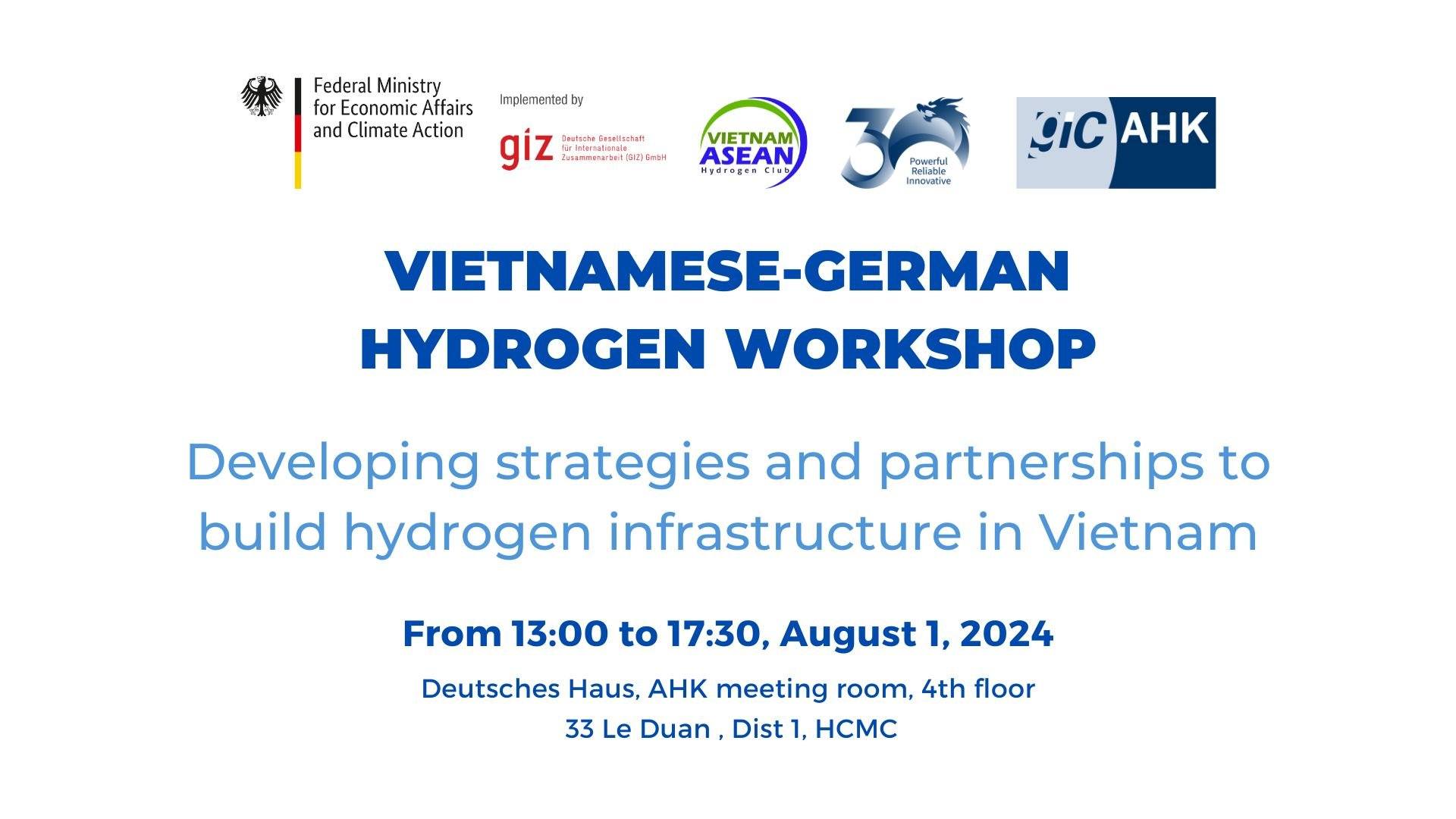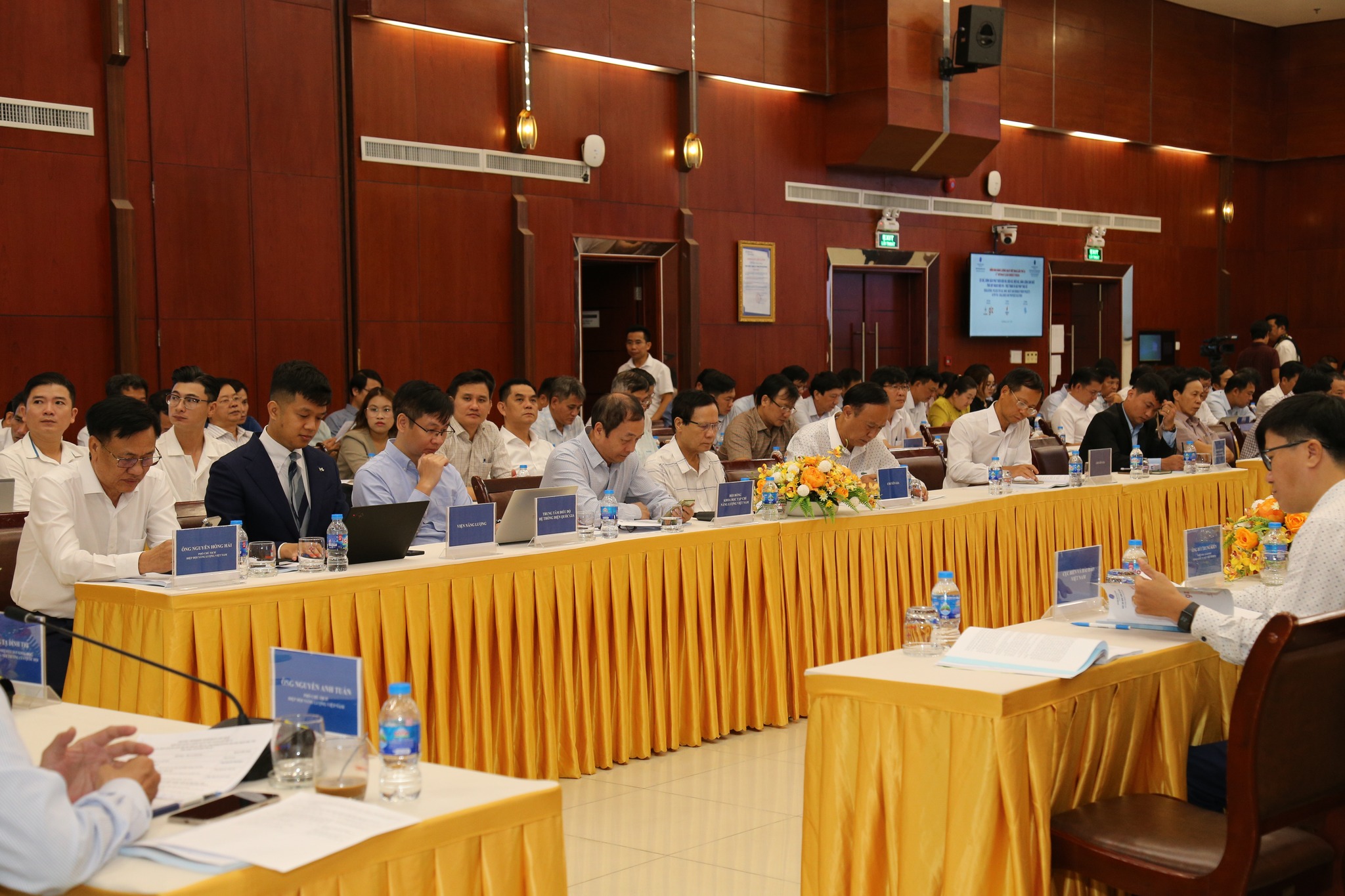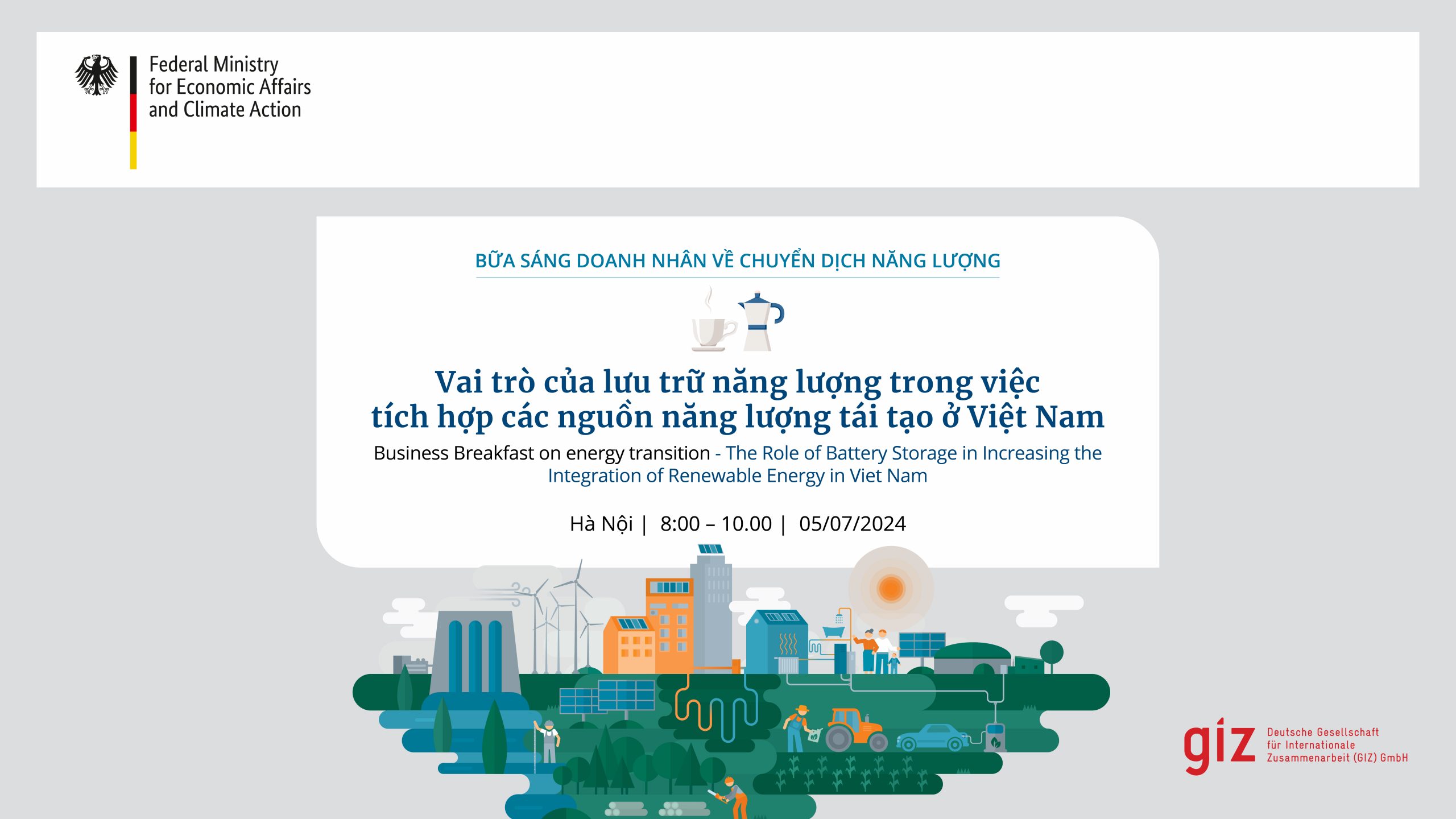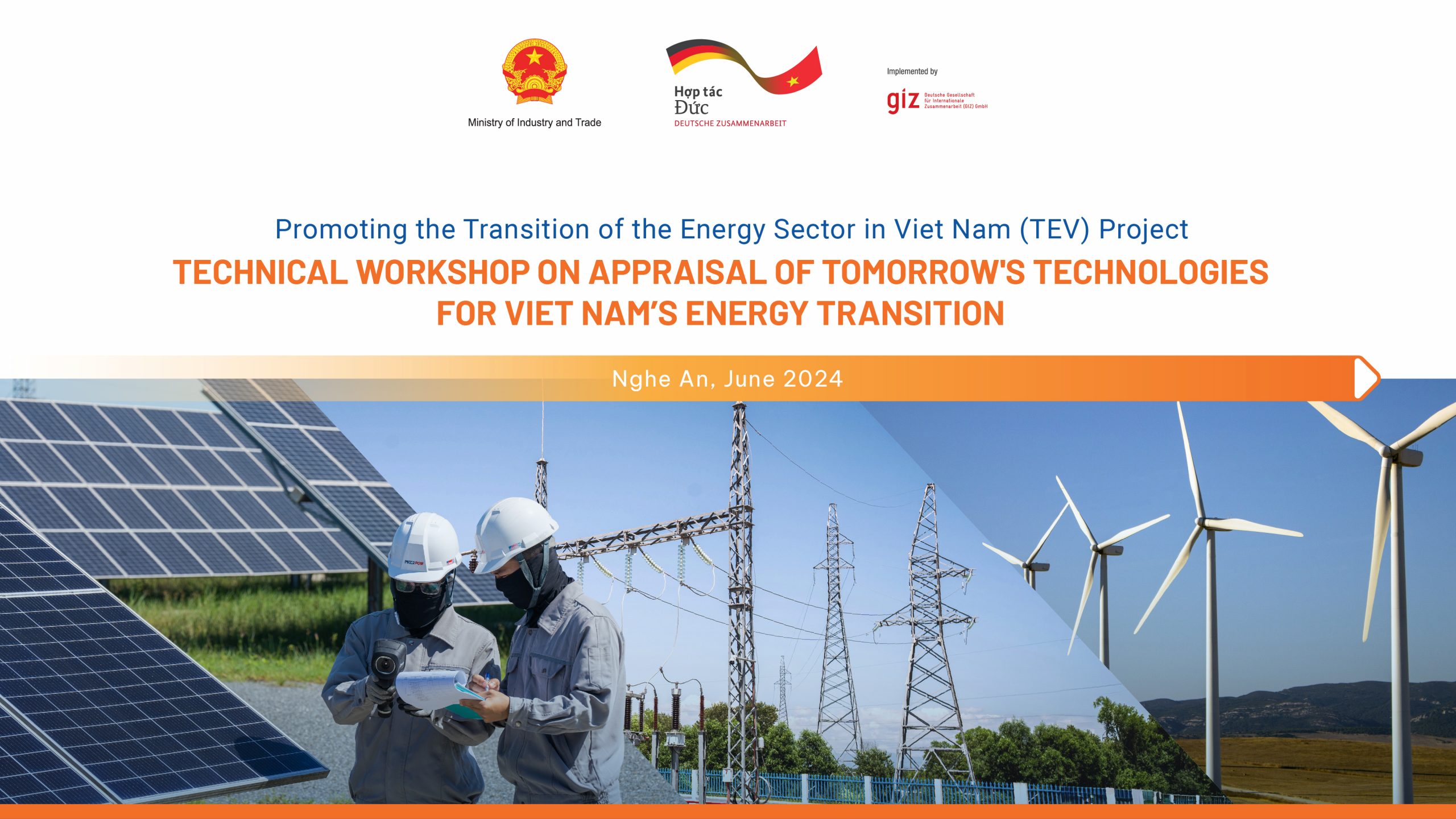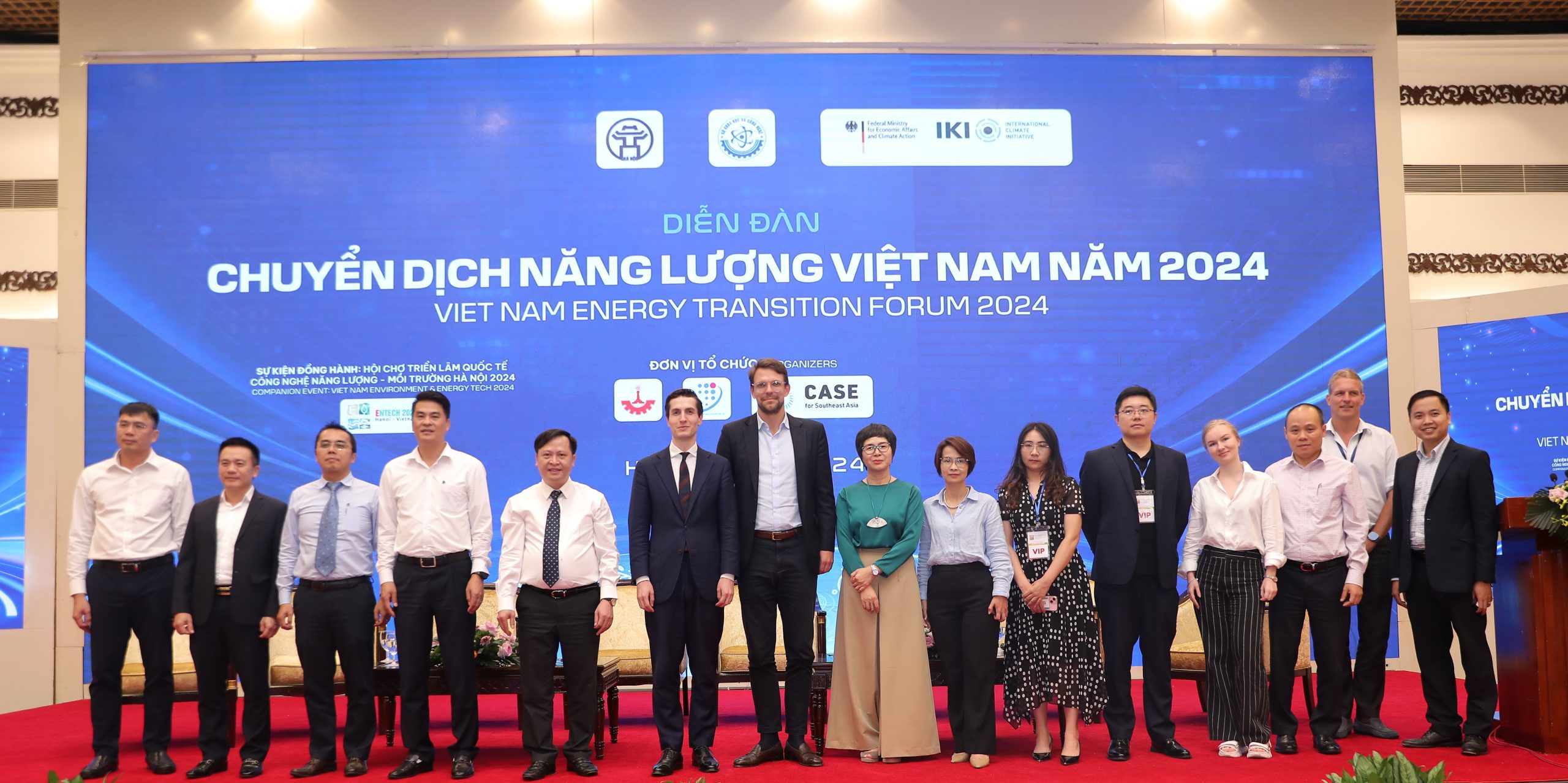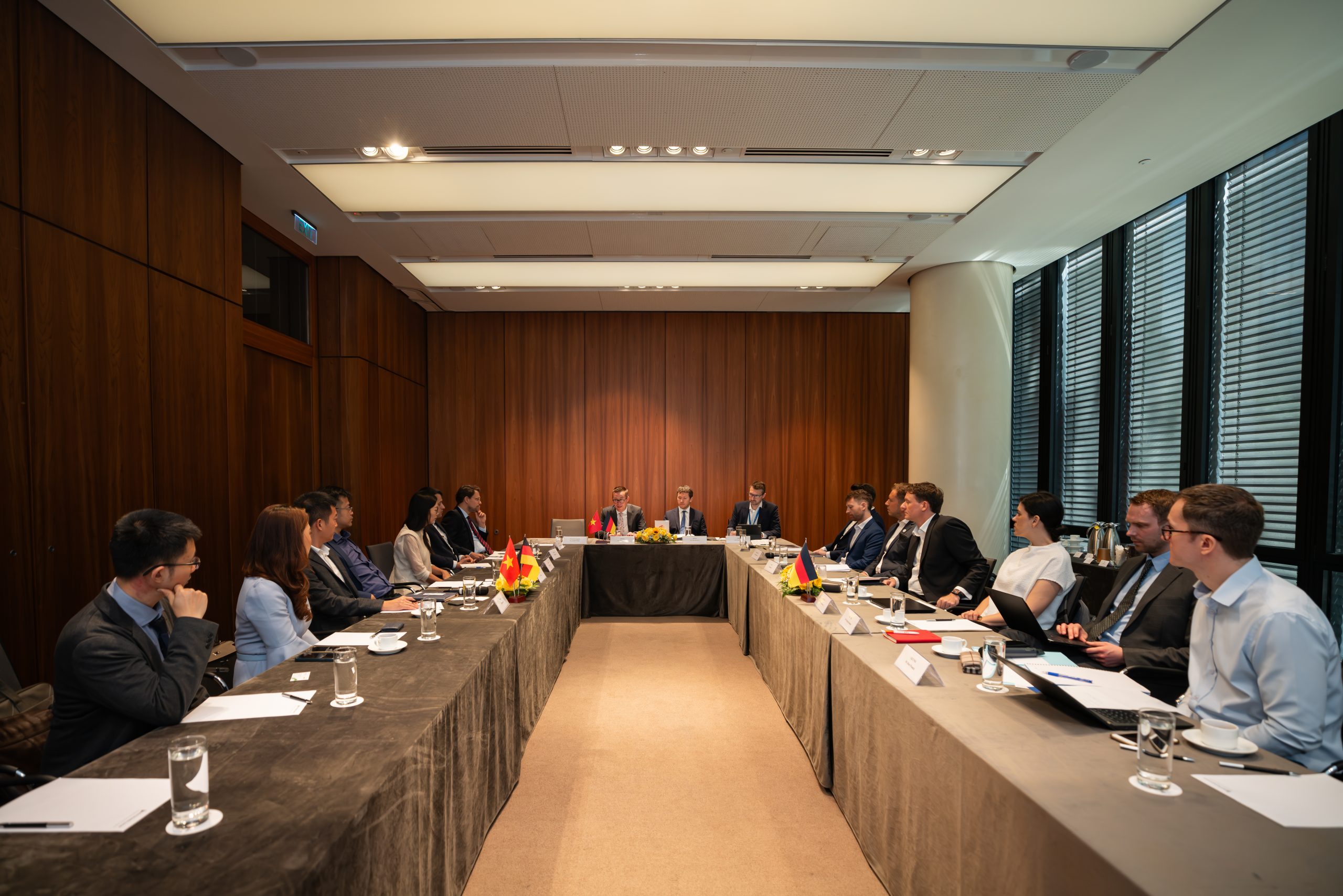Le Thi Thoa, team leader of the Climate Protection through the Sustainable Bioenergy Markets in Vietnam (BEM) Project, overseen by GIZ, spoke with VIR‘s Hai Van on some important issues.

Can the recent power shortfalls in Vietnam serve as a catalyst for the growth of biomass energy here?
Due to the influence of the El Niño phenomenon, 2023 is expected to set a number of new temperature records, and prolonged humid weather results in an increase in electricity usage.
According to data from Electricity of Vietnam (EVN) website on May 6, electricity demand reached a new peak of 895 million kWh, the highest level since the beginning of the year and an increase of 12.34 per cent on-year. This indicates that power shortages will keep occurring if no urgent measures are taken to mitigate the danger of extreme heat.
According to Power Development Plan VIII, which the government approved on May 15, Vietnam has significantly changed the structure of its electricity sources to meet its commitment to achieve net-zero emissions by 2050. Encouraging the advancement of various forms of biomass power sources is one of the prioritised development options.
To foster the development of biomass power and encourage coal-fired power plants to convert a portion of their fuel, the BEM project, implemented by GIZ and the Electricity and Renewable Energy Authority under the Ministry of Industry and Trade, has conducted a study on co-firing biomass fuel conversion at a number of coal-fired power plants.
The results of the study indicate that direct co-firing, with a biomass mixing ratio of less than 10 per cent of thermal input, is the most appropriate technique to apply at Vietnam’s thermal power plants. In addition, the project also assessed potential biomass areas to assist investors in orienting and selecting the best biomass feedstock for co-firing applications.
The recent electricity shortages have also been the driving force behind the mobilisation and development of stable and viable renewable energy sources. Biomass electricity is an option that offers a dual solution, protecting the environment while utilising agricultural and forestry by-products.
Why does Vietnam seem to have such potential in biomass, yet investments in this area are not as great as in wind or solar?
Vietnam is an agricultural nation, so there is a great deal of potential for biomass here. However, compared to solar and wind energy, biomass-power projects in Vietnam remain challenging to execute, primarily due to the fact that the sustainability of the input materials is crucial.
Due to seasonal and infrastructure factors, the cost of biomass-power generation fluctuates frequently, whereas the selling price of electricity to the grid remains constant. Consequently, investors are still wary of investing in this energy source.
Is Vietnam’s feed-in tariff price sufficient to compete with other biomass energy-developed nations in the region for investment, like Thailand and the Philippines?
Vietnam’s biomass electricity selling price is comparatively low compared to other countries in the region, making it unattractive to potential investors. According to Decision No.08/2020/QD-TTg, the feed in tariff for combined heat and power generation (CHP) projects is 7.03 US cents per kWh and 8.47 US cents per kWh for non-CHP projects. Despite many years of incentive mechanisms, very few biomass-power projects have been constructed to date.
The electricity tariff in Thailand depends on the capacity of the biomass power plant; if the biomass power plant has a capacity of 1-3MW, the selling price of biomass electricity in Thailand is 17 cents per kWh. Similarly, the selling price of electricity for power facilities with a capacity greater than 3MW is 14 cents per kWh. The biomass electricity acquisition price in the Philippines is 13 cents per kWh. To encourage investment in biomass-power facilities, it is essential to review and refine the policy structure on the development of biomass power.
What is an adequate mechanism for attracting investment in biomass electricity?
Growing biomass electricity can help heal the environment, create a pure energy source, and provide rural communities with employment opportunities. In addition, biomass power plants that generate electricity from bagasse during the dry season will be a necessary additional source of generation to assist the electricity industry in resolving the power shortage issue.
To encourage the development of this energy source, it is vital to recalculate the purchase price of biomass electricity to assure an accurate and sufficient calculation of the production cost of biomass electricity. At the same time, it’s necessary to boost capital mobilisation and use green and climate credit sources to invest in renewable energy.
The ‘Climate Protection through Sustainable Bioenergy Markets in Vietnam’ (BEM) is a project funded by the German Federal Ministry for Economic Affairs and Climate Action through the International Climate Initiative.
Read the full article here: Vietnam”s biomass potential (vir.com.vn)



